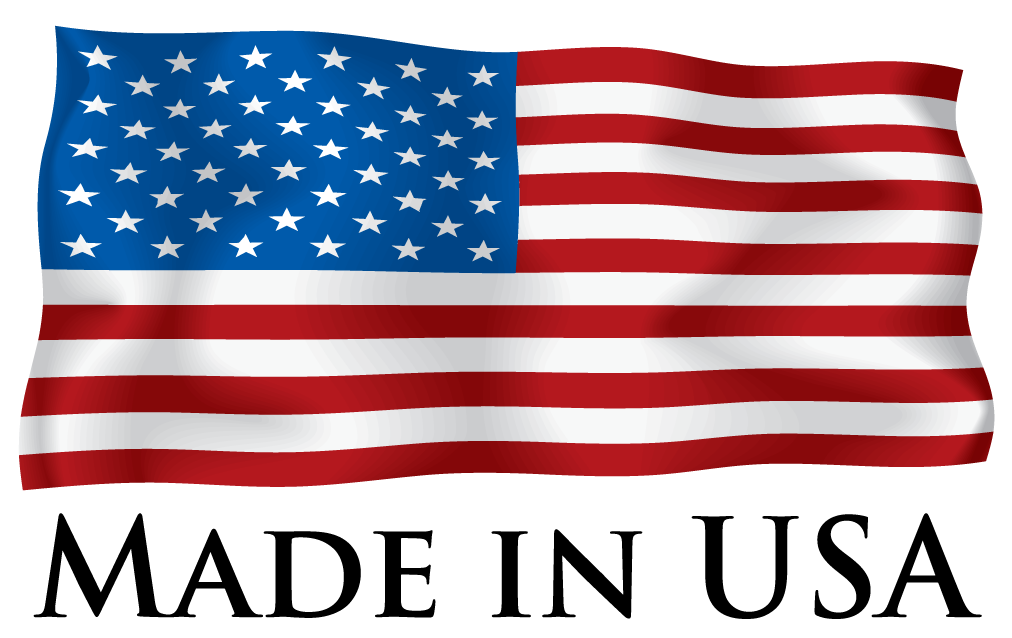Red Balloon by Paul Klee is a hallmark of his early Bauhaus period, where he combined whimsical imagination with geometric order. The painting presents a delicate red balloon floating against a background of softly muted architectural shapes—squares, rectangles, and subtle grid-like structures—rendered in warm pastel hues of yellow, pink, blue, and beige. The balloon, almost childlike in its simplicity, becomes the focal point, a playful intrusion into the structured world of geometry and order. Klee’s use of color layering and transparency creates a sense of depth, as if the forms are suspended within a dreamlike space. The piece reflects his fascination with balance between abstraction and representation, where something as fleeting and light as a balloon is placed within a measured, carefully constructed framework. It captures both a sense of innocence and a contemplative exploration of modernity—Klee showing how everyday objects can become symbols of poetry within the language of abstraction.










